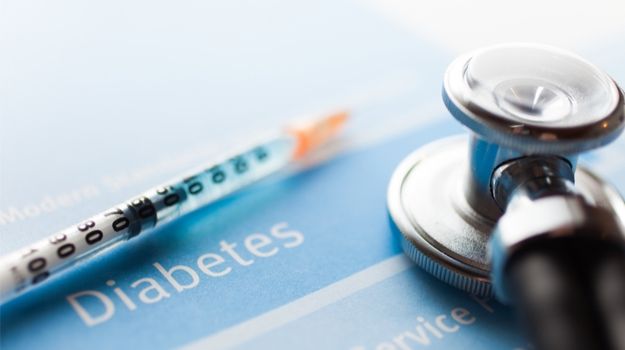Commentary
Article
Age, Insurance Play Major Roles in CGM Use, Says Dr Chase Hendrickson
Author(s):
Patients with diabetes who have private insurance are more likely to be prescribed a continuous glucose monitor (CGM) compared with those with government insurance, says Chase Hendrickson, MD, MPH, Vanderbilt University Medical Center.
Chase Hendrickson, MD, MPH, endocrinologist, assistant professor of medicine, and executive medical director of the Medicine Patient Care Center at Vanderbilt University Medical Center, discusses findings from his research on continuous glucose monitor (CGM) use among adults with type 2 diabetes. Among these findings is that patients who are younger and have private insurance were more likely to be prescribed and use a CGM compared with their older counterparts with government insurance. Hendrickson also highlights how these results could be considered in public health policy for adults with type 2 diabetes.
In a prior interview, Hendrickson gave some reasons as to why CGM uptake is lower in primary care settings compared with endocrinology clinics, and how those barriers could be addressed.
Transcript
Were there any notable differences in CGM use or prescription rates based on demographic factors or insurance?
The 2 biggest differences that we saw, the first one, the demographic one, was around age. We saw that if you were younger, you were more likely to get a CGM prescribed. It's not terribly surprising, I think. Particularly with the earlier versions of these devices, they were a lot more complicated, and so that barrier to entry, so to speak, could be a lot harder, particularly for older folks who may be a little bit more hesitant to try a newer technology. But I think that's been one of the nice changes. One of the big changes in the industry itself is that those devices have become much more user friendly, and so they're a bit less intimidating to tackle and to try for the first time. While we have seen that difference, I suspect that those are going to grow less and less, but that was the biggest one as far as demographics go.
As far as insurance, yes. Also a big difference there is that if you have private insurance, you are much more likely to end up on a CGM. And that is particularly when compared to individuals who have some form of government insurance. And I think that's just likely around how strict the different insurances are about whether an individual [or] a patient would qualify for a CGM. A lot of the private insurers have been a bit more liberal on that front, so it's easier for patients to qualify for one, and so the expense to them—the cost of them—is much less than otherwise. So, yeah, those were the 2 biggest differences that we saw within either endocrinology or primary care clinics.
How might the results of your study be used to inform public health policies or guidelines related to CGM use among adults with type 2 diabetes?
I think the biggest piece of information that we got from that is the dramatic change that we're seeing in primary care. Endocrinology is still continuing to prescribe those, but that's been the case for years. I think for public policy—whether that's the government that's doing that or for private payers who are trying to understand where these prescriptions are coming from—I think the biggest piece of information is this is going to be much more something that's coming from primary care. So, there may need to be some adoption to that, to understanding who is prescribing this, that there may be quite a range of comfort with what to do with that information, how to interpret that data. I think that's going to have the biggest impact, is where these prescriptions are coming from.
Reference
Mayberry LS, Guy C, Hendrickson CD, McCoy AB, Elasy T. Rates and correlates of uptake of continuous glucose monitors among adults with type 2 diabetes in primary care and endocrinology settings. J Gen Intern Med. 2023;38(11):2546-2552. doi:10.1007/s11606-023-08222-3

Navigating Sport-Related Neurospine Injuries, Surgery, and Managed Care














